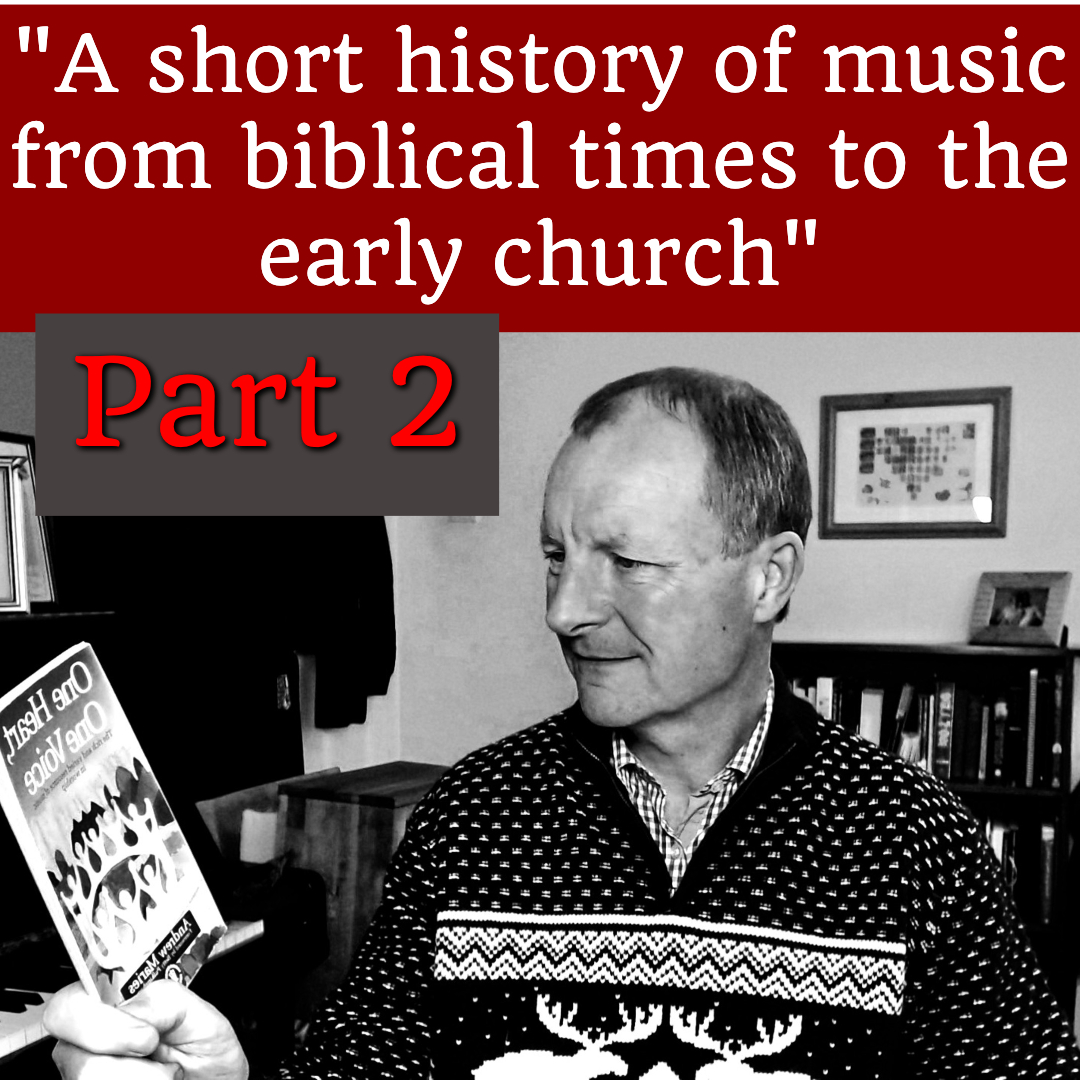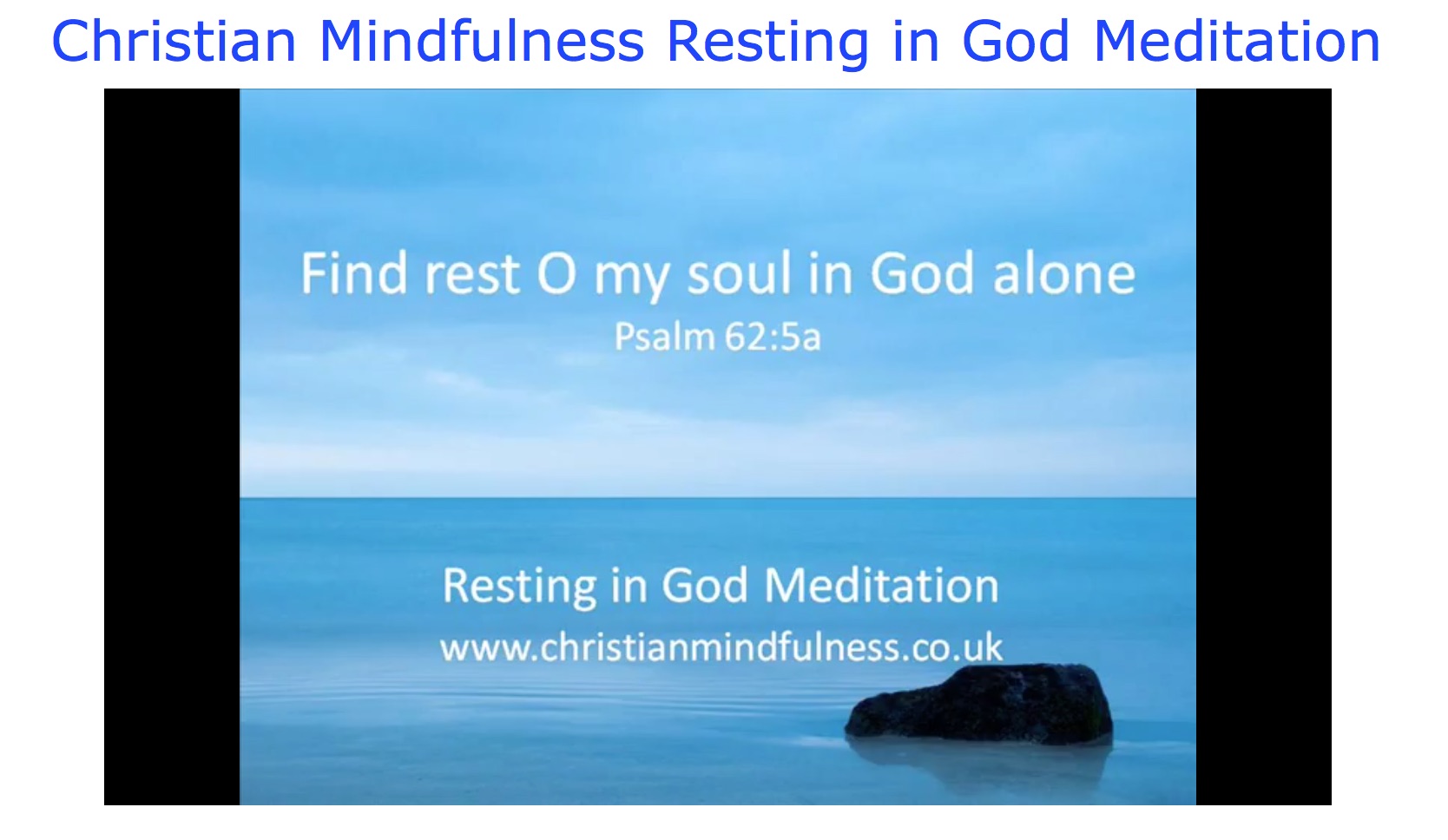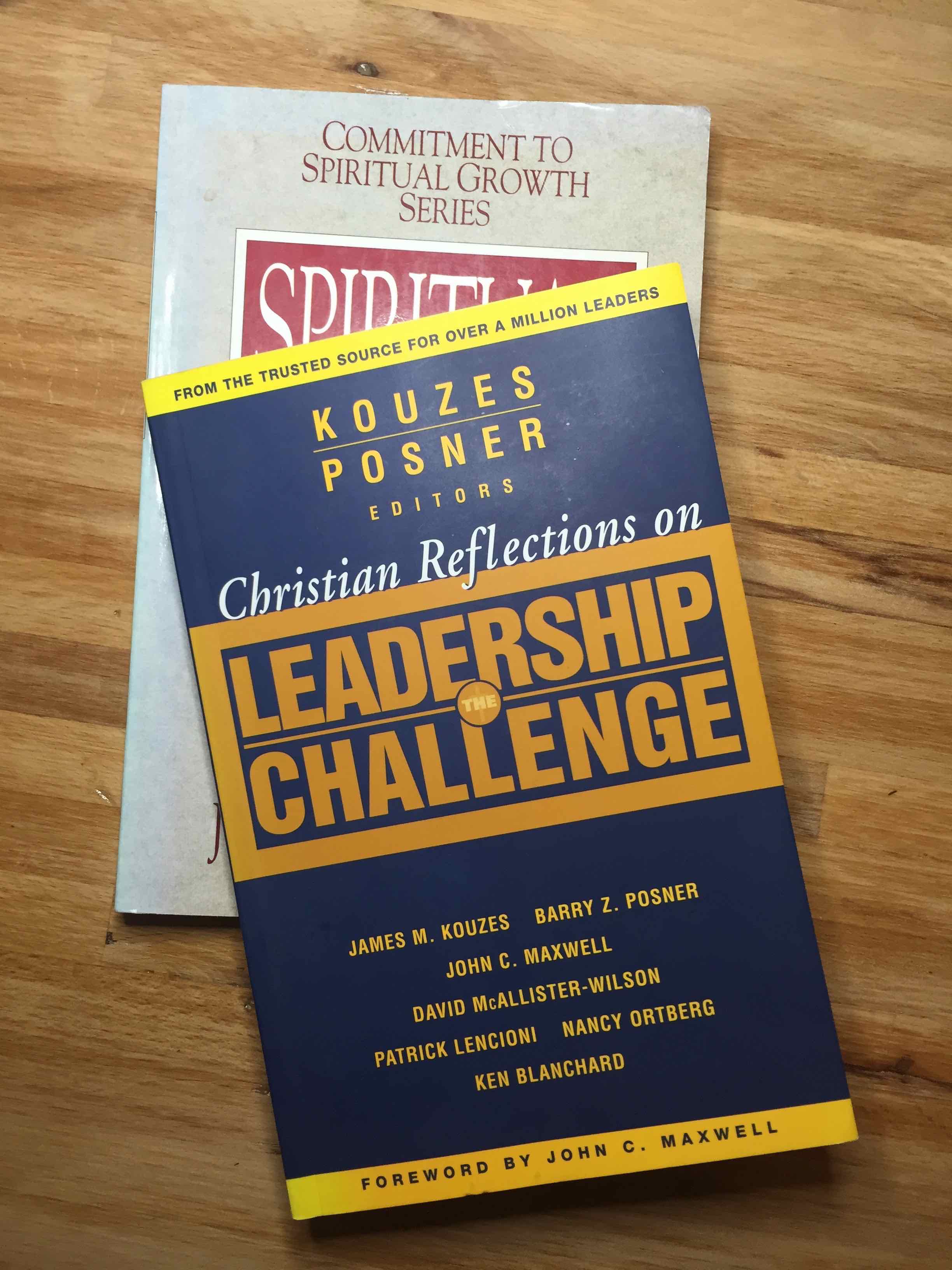The Sunday Sample, Episode 121
I’ve been dipping in and out of a book called “One heart, One voice” by Andrew Maries. Last time we explored worship in the Old Testament. This week we will focus on the New Testament.
One significant difference between the New and Old Testament is is the lack of musical references in general in the early church. We see many more complete songs in the Old Testament (the songs of Moses, Exodus 15, Deuteronomy 32; Hannah’s song 1 Samuel 2:2-20; David’s laments; the whole of the Psalms; the Song of Songs; the song of Hezekiah, Isaiah 38:10-11; the Lamentations of Jeremiah).
Why might this be? It is unlikely to be a symptom of a lack of significance attributed to corporate worship in the new covenant. We will see evidence for this in a moment. It is likely to do with at least these two factors:
- Collective worship in the early church shows a trajectory of rapid development. Little appeared to be settled regarding how gatherings of Christians proceeded. As year followed year and decade followed decade, changes occurred.
- The church differed from Israel in many ways. Israel was a nation with an identifiable centralised location for worship which was modelled as the way to do things. The church had no such centralising geographical centre, nor one model for their developing corporate worship.
These differences had some disadvantages, but they also allow for greater creativity and, one would hope, focus on the heart of Jesus-worship rather than the form.
Having said that, we do have enough teaching and examples of corporate worship to learn something about how the early church viewed their corporate worship gatherings.
- The Old Testament overlap
- Examples: the Song of Mary (Luke 1:46-55); the son of Zechariah (Luke 1:68-79); the Song of Simeon (Luke 2:29-32).
- They have a ‘Jewish’ flavour. Mary’s song looks very similar to Hannah’s song in 1 Samuel 2.
- The song of Zechariah focuses on God coming through on his prophecies. It also references Isaiah 9:2 and 59:8.
- The song of Simeon reminds the hearers that the baby in his hands is the fulfilment of a promise regarding the coming of the Messiah.
- The heaven and earth overlap
- Luke 2:13-14.
- We are given a glimpse of worship in the heavenlies.
- “A musician can always be excited by the thought that, of all earthly activities, music is the one that continues to glorify God for all eternity!” Page 27
- New Testament singers
- Jesus was a singer, as were his disciples, Matthew 26:30, Mark 14:26.
- “This was probably the second part of the ‘Hallel’ given in Psalms 115 to 118, traditionally sung at the end of the Passover meal.” Page 27
- Perhaps most memorably of all, Paul and Silas respond to their imprisonment by singing hymns (Acts 16.25). The consequences? An earthquake, freedom and the baptism of a household! If that’s not a good recommendation for singing…
- Church singing
- It is clear that the church sang together from instructions given by Paul and James.
- “…I will sing with my spirit, but I will also sing with my understanding. Otherwise when you are praising God in the Spirit, how can someone else, who is now put in the position of an inquirer, say “Amen” to your thanksgiving, since they do not know what you are saying?” (1 Corinthians 14:15–16 NIV11)
- “Is anyone among you in trouble? Let them pray. Is anyone happy? Let them sing songs of praise.” (James 5:13 NIV11)
- Psalms in the New Testament (Colossians 3:16)
- Most likely based on the Old Testament pattern and may have included the three songs in Luke mentioned above.
- “Because of the close links with synagogue worship, early Christians would have used the traditional Psalms as we do today.” Page 28
- Hymns in the New Testament (Colossians 3:16)
- “A hymn was expected to have some doctrinal and didactic purpose and so in this category might come the passages in the New Testament characterised by their poetic form and creedal content.” Page 28
- A good number of New Testament passages may have begun life as hymns before they were written into the Scriptures, or may have developed from the Scriptures.
- Some examples include John 1:1-18; Philippians 2:6-11; Ephesians 1:3-14; 5:14; 2 Timothy 2:11-13; Titus 3:4-7.
- Songs in the New Testament (Colossians 3:16)
- “These would include a short doxology as mentioned above: Luke 2:14; 1 Timothy 1:17; 6:15-16 and several parts of the book of Revelation: 4:8, 11; 5:9, 12, 13; 7:12 etc.” Page 28
- Most likely they were simple songs rather like our choruses today. They may have been used in more informal settings for worship, and could have begun life as spontaneous improvised songs. Perhaps that’s what Paul is talking about in his letter to the Corinthians: “…When you come together, each of you has a hymn, or a word of instruction, a revelation, a tongue or an interpretation…” (1 Corinthians 14:26 NIV11)
What might be some lessons for us today? I suggest the following, and look forward to your thoughts:
- Use the whole Bible. If we are only singing songs with New Testament themes, we are missing out. Where are the songs from the Old Testament? And not just the Psalms. There is a richness, depth and poetic beauty to the expression of praise we find in the Old Testament.
- Use multiple genres. We cannot be definitive about the differences between Psalms, hymns and songs referenced in the New Testament. Most likely there was reasonable overlap in the meaning of these terms. However, they cannot mean exactly the same thing or there will be no point in using the three words. They point to a variety of genres. Do our song services contain variety?
- Everybody sings. Jesus sang, his disciples sang, Paul and Silas sang in circumstances not exactly conducive to singing (I’m guessing they did not have a song book with them!). Are we helping every member of the congregation to engage with congregational singing? Not everybody has a great voice. Not everybody is confident. But everybody will benefit from singing together.
Which of the above points speak to you? Pray through them asking God to reveal to you which one might be most relevant in your context. Whatever the detail, God will help you to see what it is he would like you to learn from this brief survey of music in the New Testament.
Question for today: “What aspect of collective musical worship in the New Testament is most helpful for you in leading corporate worship today?”
Please add your comments on this week’s topic. We learn best when we learn in community.
Do you have a question about teaching the Bible? Is it theological, technical, practical? Send me your questions or suggestions. Here’s the email: malcolm@malcolmcox.org.
If you’d like a copy of my free eBook on spiritual disciplines, “How God grows His people”, sign up at my website: http://www.malcolmcox.org.
Please pass the link on, subscribe, leave a review.
“Worship the LORD with gladness; come before him with joyful songs.” (Psalms 100:2 NIV11)
God bless, Malcolm
PS: You might also be interested in my book: “An elephant’s swimming pool”, a devotional look at the Gospel of John


